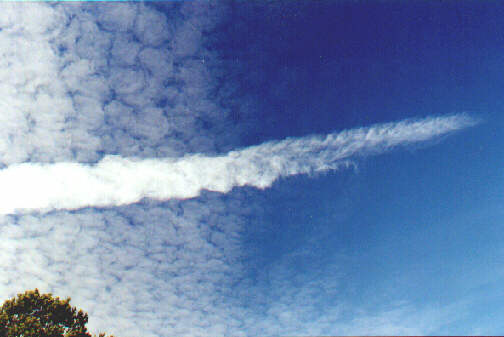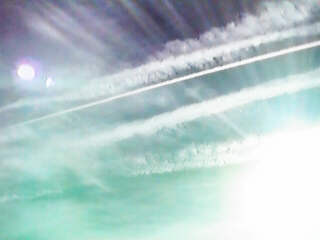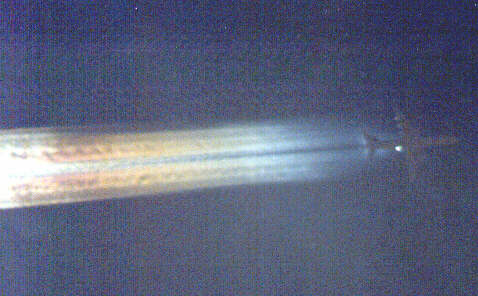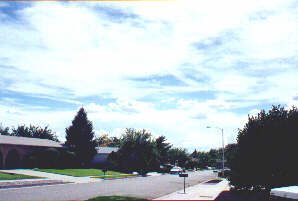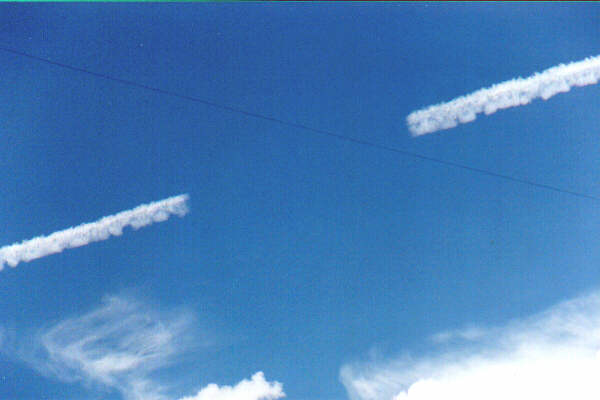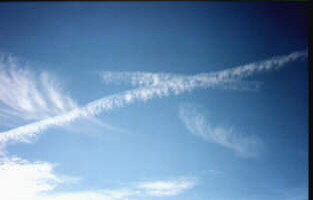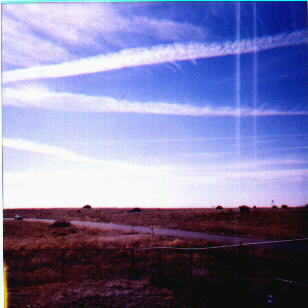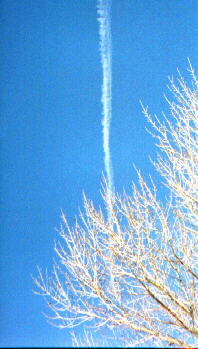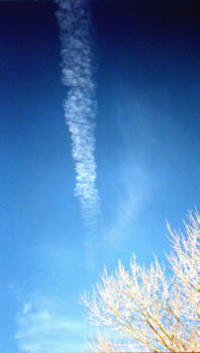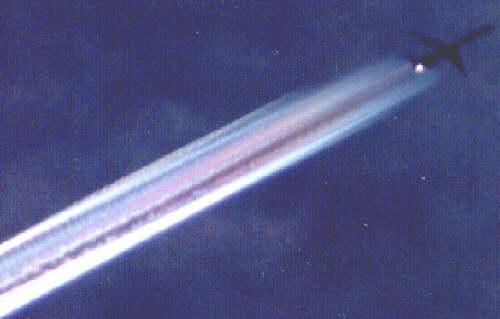
This set of photos shows aerosol emissions extending across the entire wingspan of a McDonnell Douglas MD80 aircraft on November 30, 1999 in Santa Fe, New Mexico . This aircraft has rear mounted engines, showing that this wide span of aerosols cannot be emanating from the engines alone. These pictures show the same entire wingspan results that have been witnessed in previous Carnicom papers named THIRD ‘MEGASPRAYER’ CAPTURED (September 9, 1999), NEW CHEMTRAIL SPRAY SYSTEM REVEALED (August 14, 1999), and NEW CHEMTRAIL SPRAY SYSTEM CONFIRMED (August 14, 1999).
